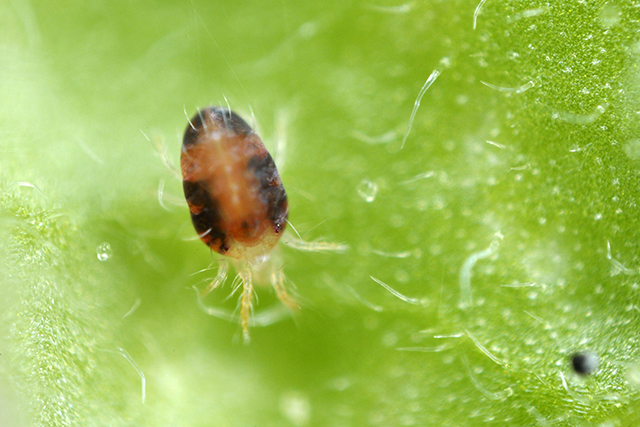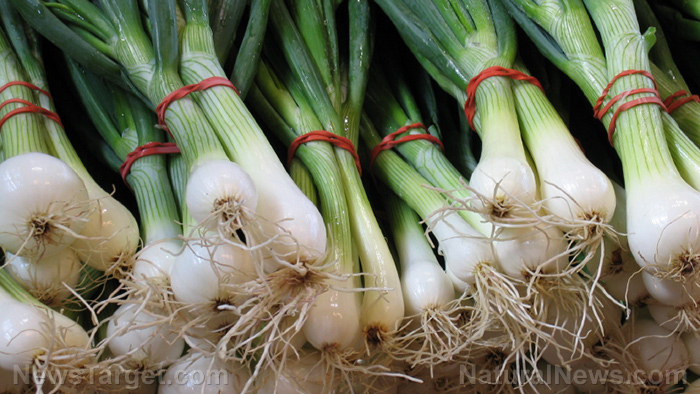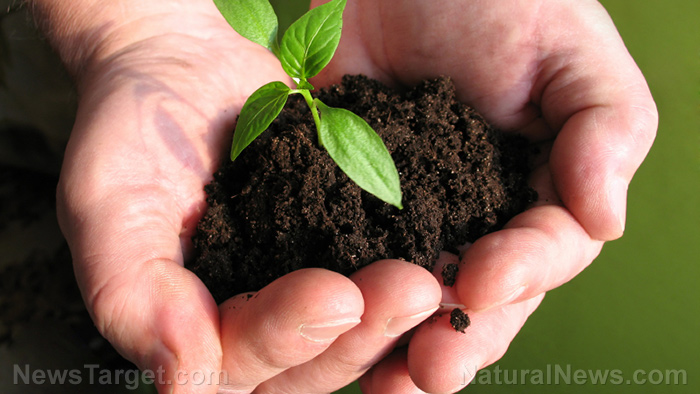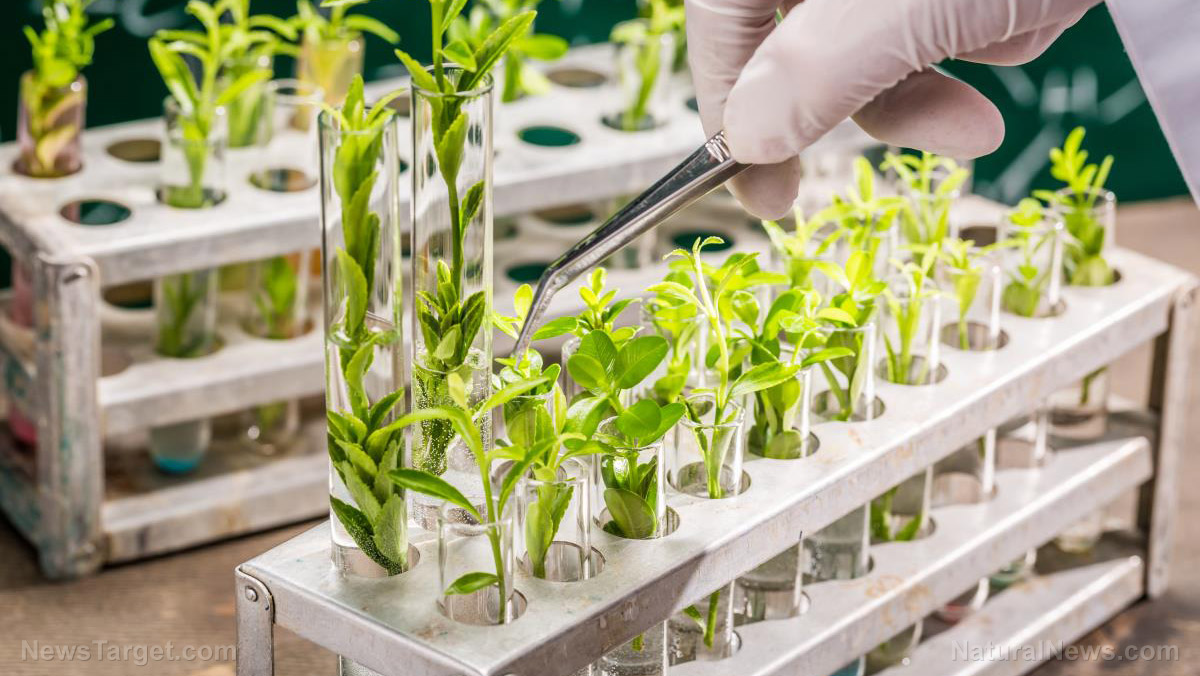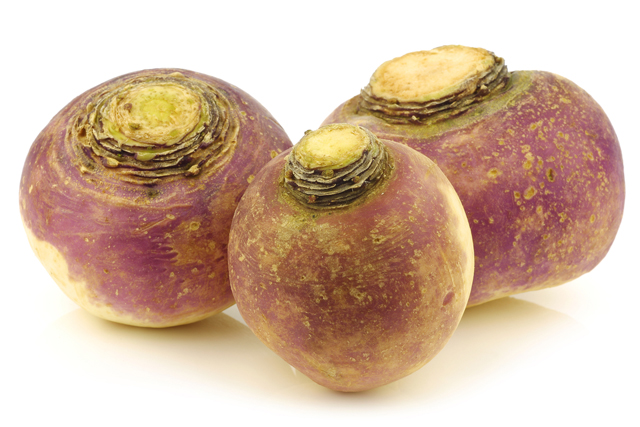A beginner’s guide to gardening: 10 Expert tips everyone must consider
11/02/2017 / By Michelle Simmons
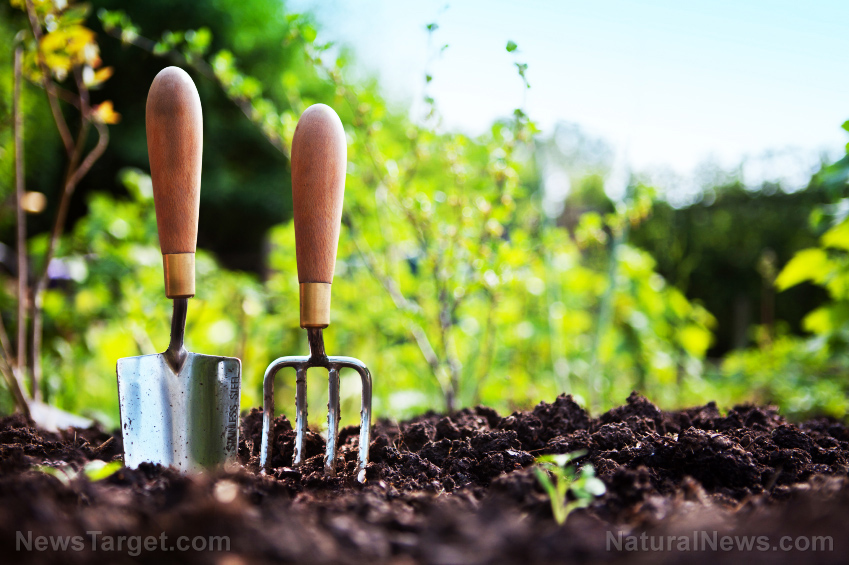
Wanting to start gardening but don’t know how? Here are 10 expert tips that will help beginners be faster, cleaner, and more efficient at gardening.
- Make your own gardener’s portfolio – Create your own portfolio and keep track of your garden. Use a photo album or make a scrapbook of your garden. Every season, add your plant tags and sticks to it. Add information about where you purchased the plants and where you placed the plant in you garden to make it more detailed. Be creative and personalize your portfolio with pictures or drawings of your garden and plants.
- Use a non-sticky shovel – Create a non-sticky shovel by using a lubricant that has silicone. This will make shoveling easier because a great coating of silicon spray will make any type of soil slip off easily without making a mess.
- Reduce the weight of those heavy pots – To make your pots lighter, fill one-third to one-half of your pots with foam packing peanuts. Aside from making the pot lighter, it will also give space for drainage. Some packing peanuts are soluble in water, so it is advisable to test them first before putting in the pot. After that, put a circular piece of landscape fabric on top of the foam packing peanuts, then put the soil on top. The fabric serves as a barrier or partition between the materials so that they will not get mixed up. For an even lighter pot, you can use a light potting mix that contains a lot of vermiculite and peat moss.
- Use a ladder when you transport your plants – Protect your plants from getting damaged when you transport them by using a ladder. Place a plastic tarp at the back of your car before you travel. Then, place a small step ladder on top of the tarp. The slots between the steps of the ladder will serve as compartments to protect your plants. This will also prevent plants from spilling and leaving a mess in your car.
- Create an easy-to-read rain gauge – Add a few small drops of food coloring to the bottom of your rain gauge. The next time it rains, the water will mix with the food color, making the water level visible and easier to read.
- Keep aggressive plants from invading your garden – Plants such as gooseneck loosestrife have underground roots that can extend to every corner of your garden. Prevent this by planting them in a plastic container. Cut out the bottom of a plastic container using a utility knife to make a collar so that these plants will not crowd your garden. Then, put the collar you made into the soil. This will make the roots grow directly down into the soil.
- Guide your root-bound plants – When you buy plants, they are usually root-bound. This means that as the plant grows in the pot, the roots run out of space to grow, creating tight circles of roots in the pot. The roots can prevent water and other important nutrients from going to the leaves and other parts of the plant. To fix this, carefully guide the roots out with your fingers. Make vertical cuts in the root-ball with a knife if they are really tough.
- Guard your bulbs – Prevent creatures from eating your plants by setting a poultry net over the bed of flowers.
- Make a handy potting – Fit a piece of plywood to the back end of your wheelbarrow with wood cleats to create a flat surface that is useful for potting.
- Prune – Prune your roses to remove moisture and prevent black spots and other blights from forming.
Gardening can also improve your health by reducing stress and anxiety, lessening your risk of heart disease and diabetes, boosting your mood, keeping your mind sharp, and helping you sleep better. (Related: Gardening is more effective exercise than going to the gym: burns more calories… more rewarding and enjoyable.)
Read more at HomeGardeningNews.com.
Sources include:
Tagged Under: gardening, gardening know how, gardening tips, healthy food, homesteading, how to, natural remedies, tips






